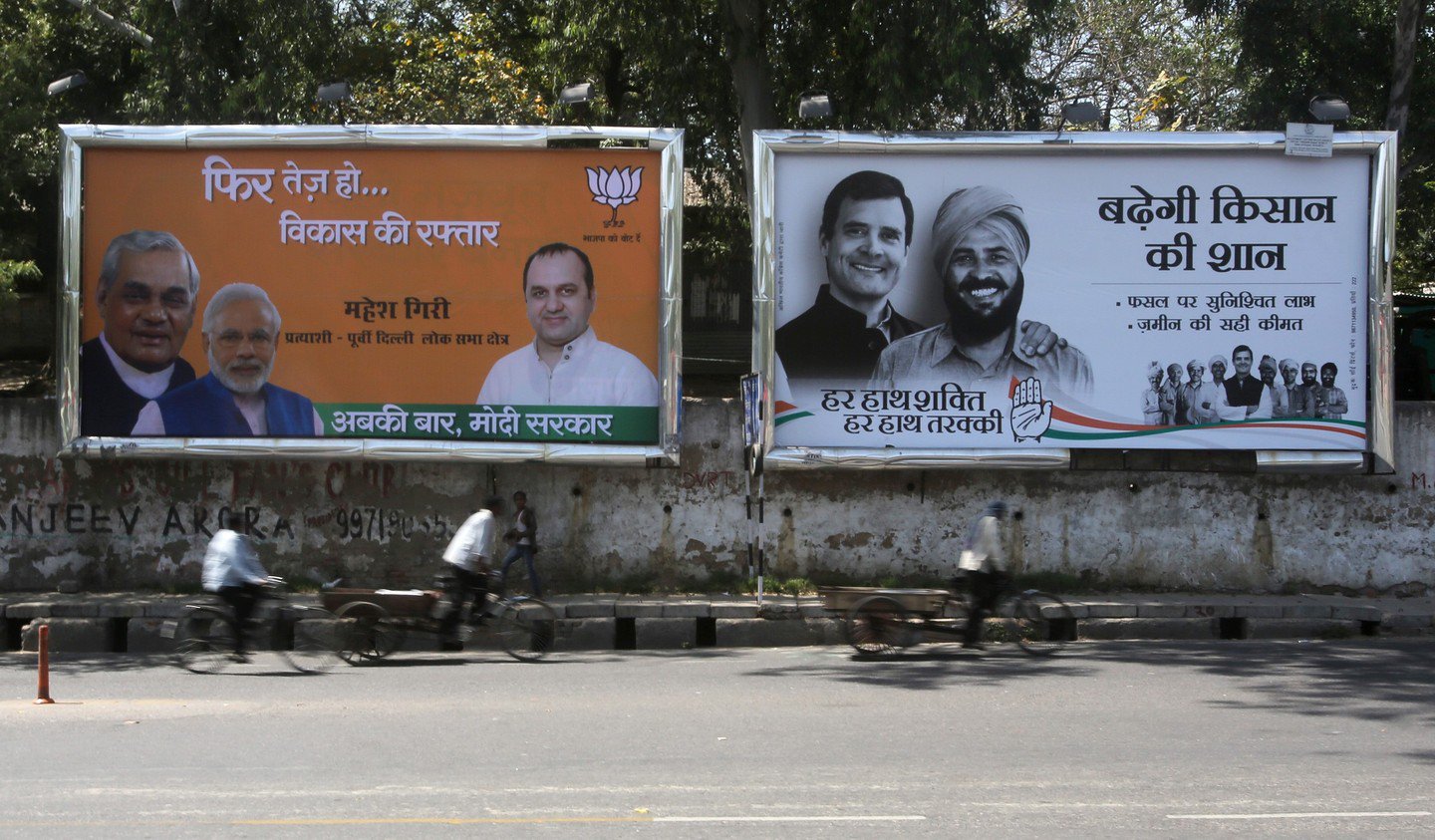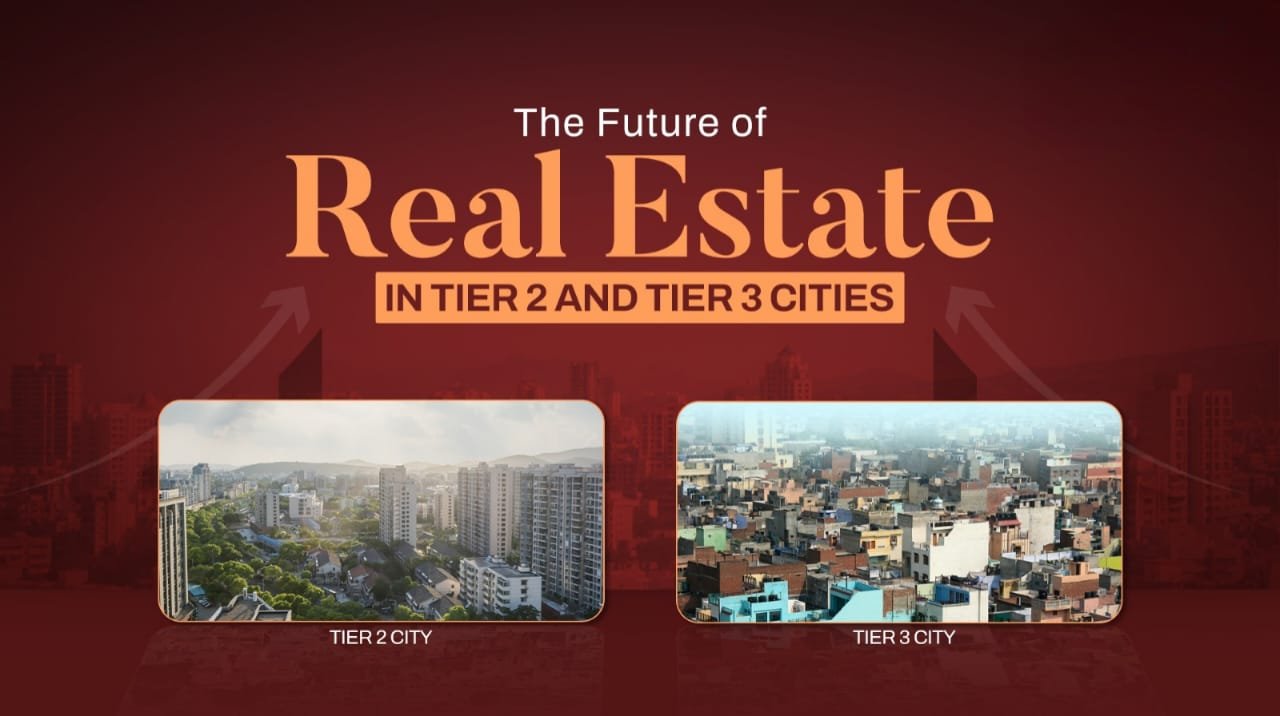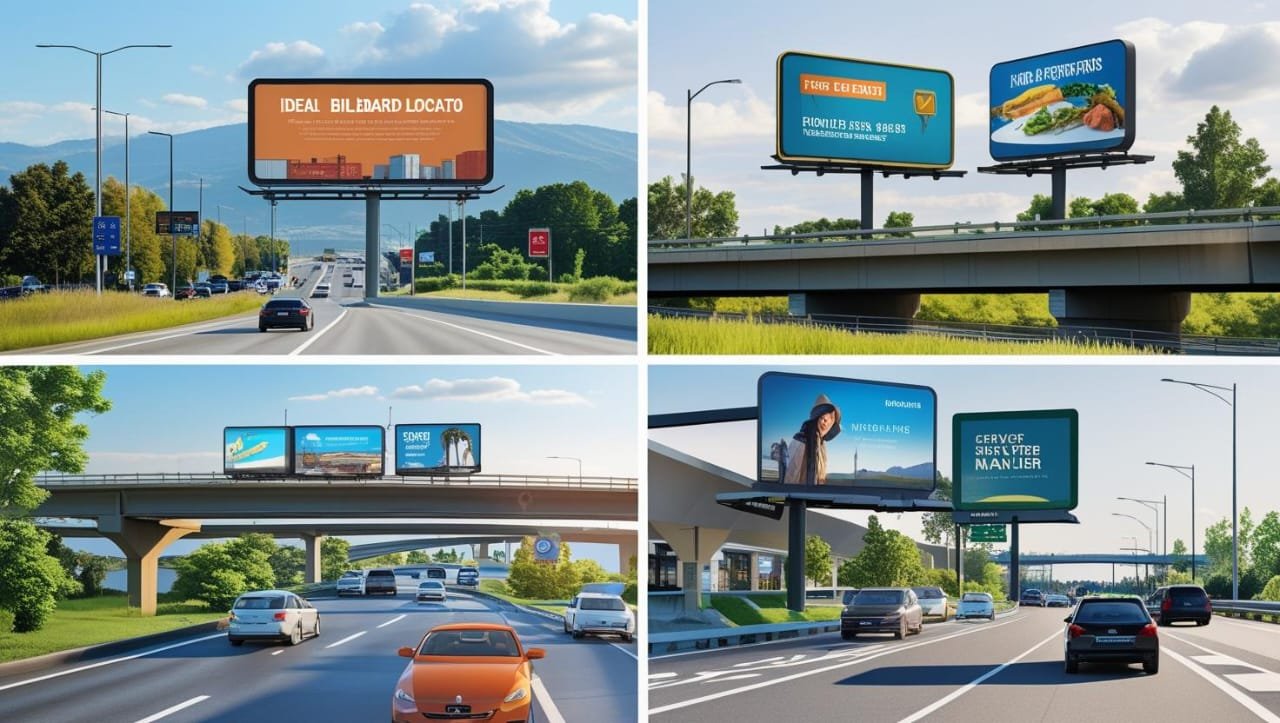If you’ve lived in India long enough, you know when election season begins—not because the news tells you, but because your streets do. Overnight, flyovers, crossings, metro stations, even the smallest lanes start carrying giant faces, party slogans, and oversized symbols. A city looks different in those months. The air feels political, and the hoardings tell you so.
Even with the internet dominating so much of modern politics, hoardings haven’t gone anywhere. In fact, parties still fight hard for the best spots. There’s a reason for it: hoardings don’t need you to click, swipe, or tune in. They just stand there, day after day, staring back until you can’t ignore them anymore.
The Familiar Face Effect
Most people don’t read manifestos. Many don’t even attend rallies. But everyone recognizes a face if they’ve seen it enough times. That’s why parties spend crores putting their candidates on every available board.
In Delhi, during the 2015 elections, you couldn’t take a metro ride without spotting Arvind Kejriwal’s muffler and broom somewhere above you. He wasn’t just a man anymore; he became part of the city’s daily scenery. By voting day, even those who never attended an AAP rally still knew exactly which button to press on the EVM.
That’s the psychology hoardings play on. Recognition. A face that feels familiar, even if you’ve never met the man.
Symbols Do Half the Talking
India’s politics runs on symbols. A hand, a lotus, a broom, a cycle, an elephant—these aren’t just graphics; they’re identities. In fact, for lakhs of voters who can’t read or don’t bother with party names, these are the only cues that matter.
That’s why when BJP books hoarding space, the lotus is never small—it’s usually bigger than the leader’s face. Same with Congress and its open palm, or BSP and its elephant. They don’t take chances. Every drive, every walk, every bus ride should drill that symbol into your memory.
In Lucknow, you’ll often see Samajwadi Party’s cycle cutting across a green-red banner. In Bengal, Mamata’s party puts twin flowers on practically every square. By the time the booth visit comes, the voter already knows what to look for.
Short Words, Long Echo
If you stand at a red light and look up at a hoarding, you’ll barely have 5–6 seconds before it turns green. That’s why slogans are short, sharp, and sticky.
Think back: Indira Gandhi’s “Garibi Hatao”. In 2014, BJP’s “Acche Din Aane Wale Hain.” Or AAP’s simple “Bijli-Paani Muft.” They’re not detailed arguments. They’re hooks. Once you’ve seen them a dozen times on hoardings, they echo in your head like a jingle.
This is where hoardings beat manifestos. Hardly anyone reads a 50-page booklet, but a three-word slogan on a flyover stays.
Announcements as Muscle
Hoardings are also giant noticeboards. When a big leader is coming to town, the hoardings go up days in advance: “PM Modi at Ramlila Maidan, 5 PM” or “Priyanka Gandhi Roadshow, Karol Bagh, 11 AM.”
But these aren’t just invites. They’re signals. They tell people that something important is happening. Even if you don’t attend, the presence of those hoardings makes you feel the party’s energy.
In Uttar Pradesh, it’s common to see Akhilesh Yadav’s face on hoardings announcing youth rallies. In Bengal, Mamata Banerjee’s slogans are splashed across giant cut-outs that dominate entire intersections. Often, the actual crowd may not be as massive as the board suggests, but the impression of strength sticks.
Images That Nudge
Look closer, and you’ll see that the photos on hoardings aren’t chosen randomly. They’re crafted. A Delhi candidate may appear with a metro or school in the background. In rural Bihar, you’ll see fields, tractors, or women drawing water.
BJP hoardings lean on nationalism—Modi with the tricolour, fighter jets, or cultural icons. AAP keeps it grounded—classrooms, children, teachers. Congress usually leans softer—smiles, handshakes, warmth. These aren’t artistic choices. They’re attempts to stir certain emotions in voters.
A single picture, in a split second, can do more than a two-hour speech.
Why They Still Matter
Many argue: why spend crores on hoardings when you can just run Facebook ads? But here’s the reality—India isn’t all online. Your shopkeeper in Ghaziabad, your farmer in Haryana, your grandmother in Jaipur—they may not scroll Twitter, but they all walk past the chowk every day.
That’s why hoardings continue to eat up a big chunk of campaign budgets. Parties can’t risk leaving those voters out. Digital might grab headlines, but hoardings grab the street.
And streets still decide elections.
Delhi NCR: A Case in Point
If you’ve ever lived through a Delhi election, you know how different the city looks in those weeks. Drive down Ring Road, and it’s a battle of banners—BJP’s saffron lotus on one side, AAP’s broom on another, Congress squeezing in where it can. Metro stations become hot property—Lakshmi Nagar, Rajiv Chowk, Karol Bagh—every exit plastered with faces and slogans.
In 2019, entire stretches of Dwarka flyover were covered with BJP hoardings promising “strong leadership.” AAP responded by turning residential markets into broom zones, with hoardings showing schools, mohalla clinics, and “free electricity.” Congress, though weaker, put up boards near Connaught Place promising “Nyay” and minimum income schemes.
Even without switching on the TV, Delhi’s walls, corners, and rooftops told you who was in the race and how seriously.
The Bottom Line
Elections are about conversations, but they’re also about presence. Social media may be the conversation, but hoardings are presence. They remind you, silently but stubbornly, of a face, a symbol, a party.
And that’s why, decades after Indira’s “Garibi Hatao” and even now in Modi’s “Vikas” era, hoardings haven’t gone away. In a democracy as noisy and visual as India’s, they probably never will.


